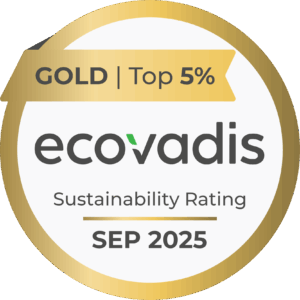NdR: l’Allegato I Dir. 2012/18/UE è stato recepito con l’Allegato 1 D.Lgs. 105/15
Risposta: Per qualificarsi come “combustibile alternativo” una sostanza deve essere destinata all’uso come combustibile e possedere caratteristiche di pericolo simili ai prodotti petroliferi di cui alle lettere a) e d) della voce 34. Le sostanze che hanno un punto di infiammabilità più alto o sono più pericolose per l’ambiente rispetto ai prodotti petroliferi di cui alle lettere a) e d) non possono qualificarsi come combustibili alternativi. In genere i prodotti petroliferi della voce 34 sono classificati come “liquido infiammabile” e/o come “pericolosi per l’ambiente categoria di tossicità cronica 2”. Ciò suggerisce anche che un combustibile alternativo deve essere liquido poiché gas e solidi dovrebbero avere proprietà differenti per quanto riguarda l’infiammabilità. Il gruppo comprende miscele di combustibili alternativi con prodotti petroliferi di cui alle lettere a) e d), a meno che le miscele siano considerabili a tutti gli effetti come prodotti petroliferi. I combustibili che sono costituiti da sostanze citate nella parte 2 dell’allegato I (per esempio il metanolo) e loro miscele (sempre restando nei limiti di concentrazione stabiliti in base alle proprietà di metanolo sotto il regolamento CLP 5) non possono essere classificate come alternative perché laddove una sostanza può beneficiare di più di una specifica denominazione, si applica quella con le soglie più basse. Sebbene non escluda altri carburanti non derivati dal petrolio, la voce “carburanti alternativi” è stata inizialmente introdotta per non discriminare i carburanti prodotti da fonti sostenibili e rinnovabili rispetto ai prodotti petroliferi.
Vedi anche: il quesito 036-1/3/16-UE sui combustibili biocarburanti contenenti etanolo (Fonte MinAmb)
Question: Which substances and mixtures qualify as ‘alternative fuels’ in point (e) of entry 34 in Part 2 of Annex 1 to the Seveso-III-Directive which says that alternative fuels need to serve the same purpose as petroleum products and have similar properties as regards to flammability and environmental hazards. What does that mean in practice?
Answer: To qualify as ‘alternative fuel’ a substance must be destined for use as fuel and show similar hazard properties like the petroleum products in (a)-(d) of entry 34. Substances that have a higher flammability or are more hazardous for the environment than the petroleum products in (a)-(d) cannot qualify as alternative fuel. Typically the petroleum products listed in entry 34 are classified as “flammable liquid” and/or as “hazardous to the environment chronic 2”. This also suggests that an alternative fuel must be liquid since gases and solids would have different properties as regards to flammability. The entry includes mixtures based on such alternative fuels with any of the petroleum products in (a)-(d), unless the mixture can still be considered to be a petroleum product.
Fuels that consist of substances named in part 2 of Annex I (e.g. methanol) and mixtures thereof (if remaining within the concentration limits set according to the properties of methanol under the CLP-Regulation5) cannot qualify as alternative fuel because where a substance can qualify for more than one specific named substance entry, the one with the lowest thresholds shall apply.
Although not excluding other non-petroleum fuels, the entry ‘alternative fuels’ was initially introduced to not discriminate fuels from sustainable and renewable sources compared to petroleum products.
Concluded at: SEG-4
See also: the question on bio-fuels containing ethanol in section 7.2.4




